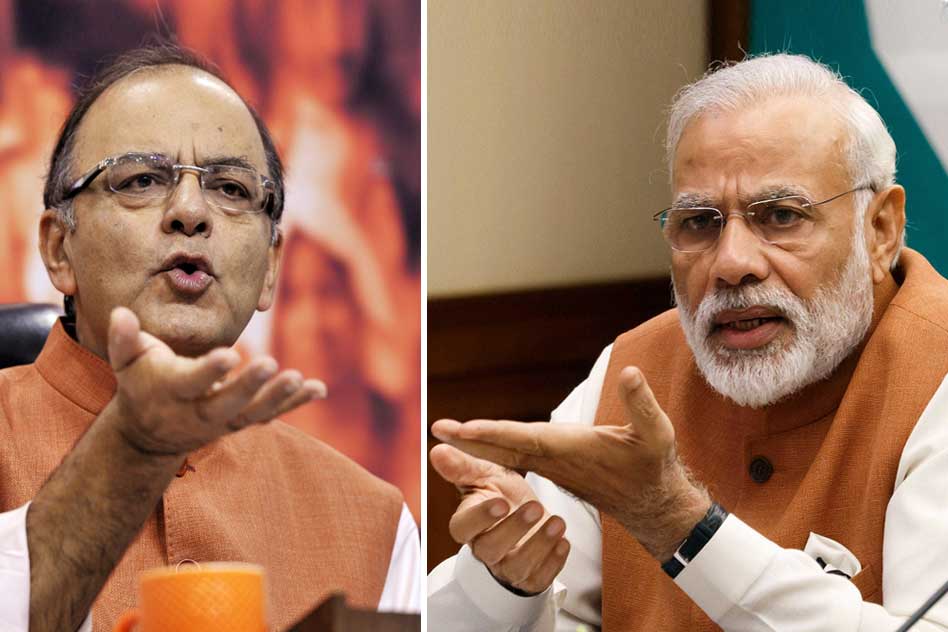
Image Courtesy: DNA India | Times Of India
These Are The Highlights Of The Government's Annual Economic Survey Which Was Released Today
31 Jan 2017 11:18 AM GMT
Every year, just before the Union Budget is presented, the Finance Ministry of India presents the Economic Survey in Parliament. The Economic Survey is the Ministry’s view on the economic development of India over the past 12 months. It summarises the consequences of government programmes and analyses the steps the government can take in the future to increase growth and job creation.
Here are the highlights of the Economic Survey of 2016 – 2017, tabled in Parliament on 31 January, one day before the Union Budget is introduced.
Overview from the press conference by the Chief Economic Adviser
- In his press conference, Dr Arvind Subramanian, Chief Economic Adviser, listed the following as major concerns for the Indian economy even though these were happening mainly in advanced economies: “trade concerns” and the “retreat of globalisation”.
- Subramanian criticised rating agencies for favouring China over India and asked for a more critical evaluation of these agencies.
- According to the survey, the three most important risks to India’s growth in FY18 are note ban, pricey oil, and global trade tensions.
- The survey listed the re-establishment of private investment and exports as drivers of growth as a major challenge.
Statistics on growth
- FY18 (FY = Financial Year) GDP growth seen in range Of 6.75% – 7.5%.
- GDP growth rate at constant market prices for 2016 – 2017 is placed at 7.1%.
- Lower interest rates will boost economy.
- Agriculture sector to grow at 4.1% in the current year up from 1.2% in 2015-16.
- The growth rate of the industrial sector estimated at 5.2%.
- Service sector estimated to grow at 8.9%.
- There is a likelihood that Indian economy may recover back to 6% – 7% in 2017 – 2018.
- India’s trade-GDP ratio is now greater than China’s.
Demonetisation
- Currency shortage to affect the supply of some farm products.
- Demonetisation led to job losses, a decline in farm incomes, social disruption, especially in cash-intensive sectors.
- Re-monetisation to eliminate cash crunch by April 2017.
Focus on Universal Basic Income
- Universal basic income (UBI) should be seriously considered.
- UBI is an alternative to the several state subsidies.
- It can help in poverty alleviation
- UBI would cost between 4% and 5% of GDP.
Labour and tax laws
- India’s labour and tax laws are limiting job creation potential of leather and textile sectors.
- Labour migration in India is increasing at an accelerating rate.
- These sectors provide immense opportunities for job creation, especially among the weaker sections of society.
- The survey recommended reforms in labour and tax policies to make these sectors more competitive and productive.
Miscellaneous
- The decline in fiscal deficit has continued.
- Current account deficit is at 0.3% of GDP.
- Excise-related taxes to fall around 0.1%.
- Proposed to modify the Fiscal Responsibility and Budget Management Act, 2003 to balance the budget.
- Suggested setting up of a centralised Public Sector Asset Rehabilitation Agency.
- Property Tax can be tapped to generate additional revenue.
- The outlook for GST collections must be cautious.
- A review of the Economic Survey is likely in a few months.
 All section
All section













